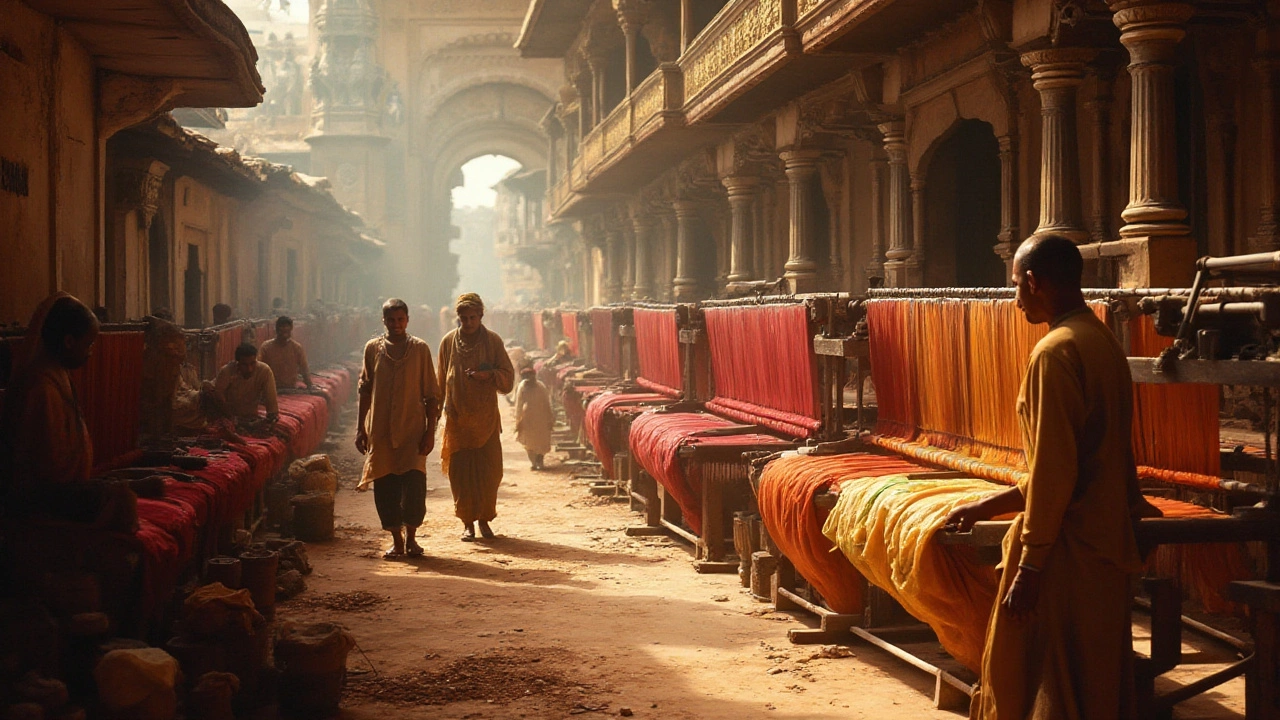Textile Manufacturing in India: What You Need to Know
If you’re curious about setting up a textile unit or just want to understand the sector, you’ve landed in the right place. India’s textile industry is huge, employs millions, and keeps growing thanks to a mix of cheap labor, abundant cotton, and government support. Below we break down the biggest factors shaping textile manufacturing today.
How Much Does It Cost to Start a Textile Factory?
Opening a textile plant isn’t cheap, but it’s not out of reach either. The biggest expense is machinery – modern looms, spinning frames, and finishing equipment can run from a few hundred thousand to several million rupees depending on capacity. Land costs vary: an industrial hub in Gujarat or Tamil Nadu may cost more than a peripheral location in Madhya Pradesh. Don’t forget registration fees, licences, and compliance with pollution norms – those add up quickly.
According to a recent industry report, a small‑scale unit (under 5,000 sq m) can start with around ₹2‑3 crore, while a medium‑size plant (5,000‑15,000 sq m) often needs ₹8‑12 crore. Hidden costs include power supply, water treatment, and skilled labor training. Planning for these hidden fees can save you from nasty surprises later.
Key Trends Shaping the Indian Textile Scene
First, sustainability is no longer optional. Brands worldwide are demanding eco‑friendly fabrics, so many Indian mills are upgrading to water‑less dyeing and organic cotton processing. Second, automation is creeping in. Even though labor is cheap, robots improve speed and cut waste, especially in stitching and cutting. Third, the rise of “make‑in‑India” policies means more incentives for exporters, pushing Indian textiles into new markets like Europe and the US.
Another trend is the boom in technical textiles – fabrics for automotive, medical, and sports use. These high‑value products command higher margins, and several Indian firms are investing in R&D to tap this niche. Finally, digital marketplaces are connecting small producers directly with buyers, cutting out middlemen and increasing profit for artisans.
So, what does all this mean for you? If you’re a new investor, focus on a niche – maybe organic cotton or technical textiles – where competition is still manageable. If you already run a mill, look at upgrading to greener processes; the upfront cost often pays off through higher export prices and tax breaks.
Remember, the textile sector thrives on speed and flexibility. A well‑located plant with reliable power, a skilled workforce, and a clear sustainability plan will stay ahead of the curve. Keep an eye on government schemes, such as the Technology Upgradation Fund Scheme (TUFS), which can lower your equipment costs significantly.
Whether you’re planning a new venture or just trying to understand the market, the key is to balance cost, quality, and compliance. India’s textile manufacturing offers a mix of opportunities and challenges – and with the right strategy, you can turn them into profit.

The Visionary Behind India's Textile Revolution
India's textile industry is a vibrant tapestry woven from ancient practices mingling with modern innovation. At the helm of its industrial transformation stands one pivotal figure known as the 'Father of the Indian Textile Industry.' This article delves into the life and legacy of this key personality, while also exploring the foundational elements and pivotal moments that shaped India's textile journey into a global force. Learn about the innovations, challenges, and enduring impact of this industry giant.

Exploring the Legacy of India's Oldest Textile Company
India's textile industry boasts a rich history, deeply intertwined with its cultural and economic fabric. This article dives into the origins of the country's oldest textile company, exploring its journey through the ages. Discover how it has adapted and endured, shaping traditions and crafting timeless pieces. We'll also delve into interesting facts and offer insights for those keen on understanding this quintessential segment of India's industrial heritage.

